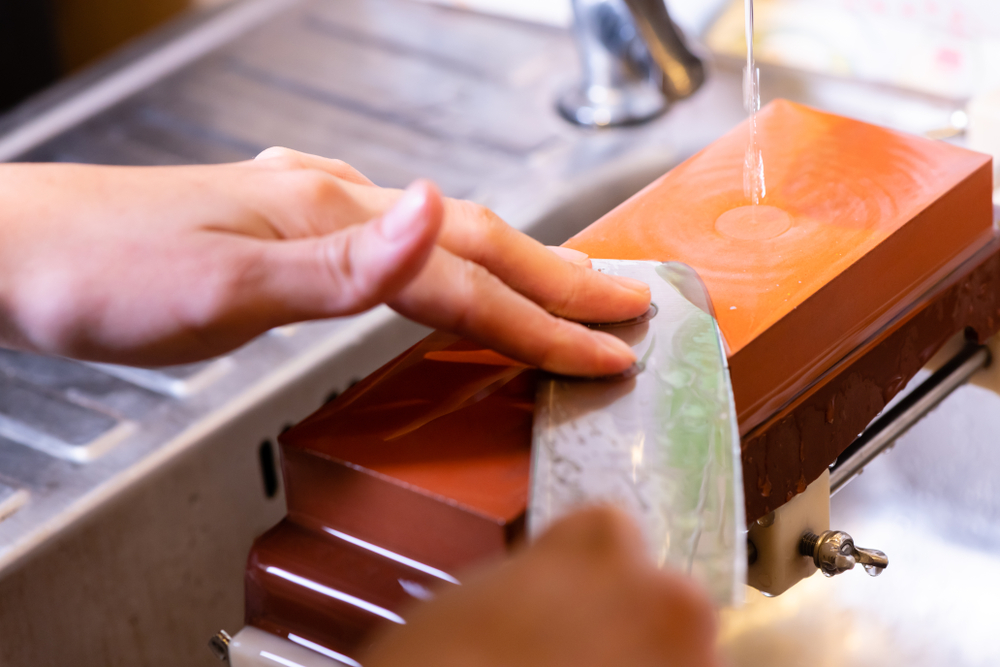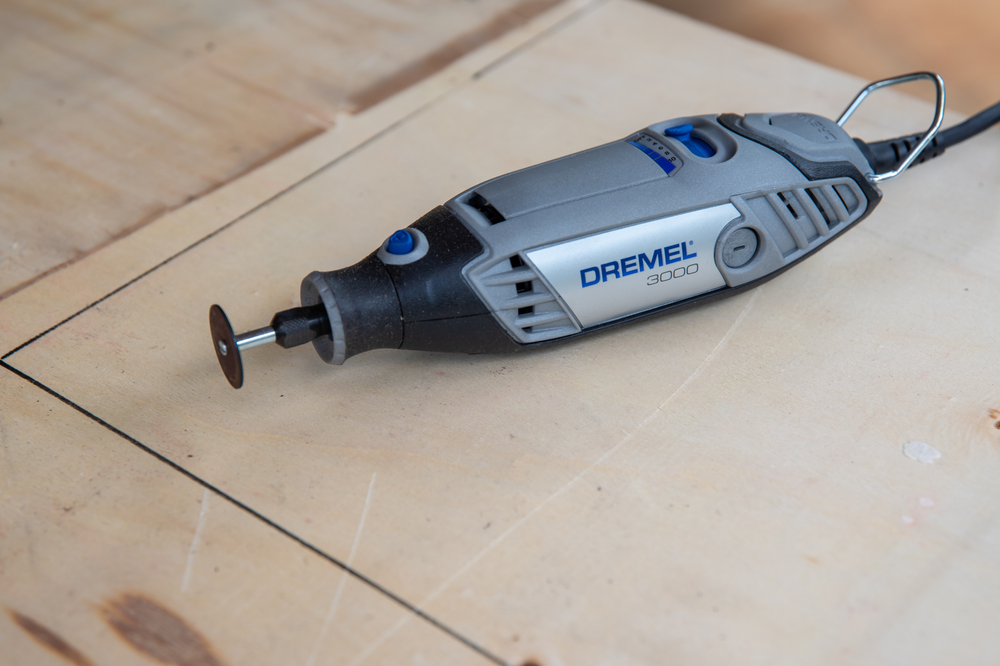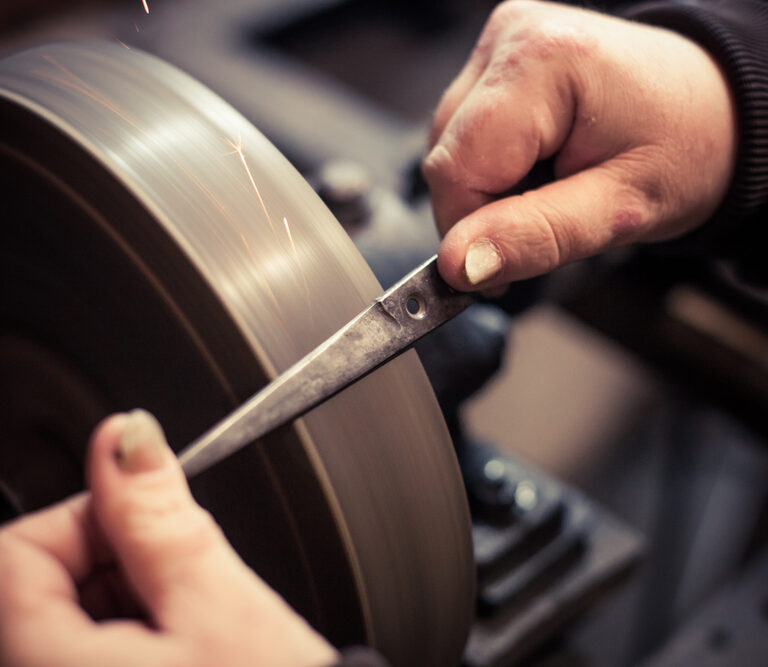When something deteriorates gradually over time, it’s easy to forget just how effective it was at the beginning. This applies to everything from health to mattresses, but it’s particularly true of scissors.
For most of us, it takes a while to realize that a pair of scissors is blunt, because we’ve forgotten that there was ever a time when they were razor-sharp and efficient. How often do you hear people talk about sharpening their scissor blades?
If you’re reading this, you’ve clearly seen the light, meaning you’re ahead of the pack. Fortunately, there are plenty of ways to do the job quickly and easily.
Choosing the Right Sharpening Method for Your Scissors
Before you start trying to sharpen your scissors, make sure you give them the right “diagnosis.” Depending on how damaged or blunt they are and how sharp you want them to be, you might need to use a different method.
If your scissors are so dull and damaged that they’re barely even working, they need intensive treatment, like a sharpening stone or a rotary tool.
However, if your scissors are dull but still working, use sandpaper or aluminum foil instead.
How to Know if Your Scissors Are Sharp Enough
This leads to another question — how can you tell if your scissors really need sharpening? Chances are, if you’ve come to this article, you already know the answer, but here’s a quick test you can use.
First, take a latex sheet (if you don’t have any latex lying around, you could use paper or wool instead). Then, try to cut through the material with around three-quarters of the scissor blade. If you can cut through the surface smoothly and the cuts consistently leave no tears, your scissors are fine. But if the material begins to snag after you cut it, it’s time to sharpen.
This is especially important if you’re working with fabric or hairdressing scissors — that torn latex could be your precious hair or sewing creation!
The Best Tools for Sharpening Scissors
Here are the best tools to restore your scissors back to their former glory. Let’s start with the easiest method of all — sandpaper.
Sandpaper
This won’t work for scissors that are highly damaged and dull, but it’s great to sharpen up scissors that have lost their magic touch.
Look for around 150-200 grit sandpaper, or possibly a grit number slightly greater if you want your scissors to be really sharp. Then, fold the sandpaper in half (with the rough sides on the outside).
The next part is easy. Simply cut through the sandpaper with your scissors multiple times, making long strips. Hopefully, the blades should start to feel sharper after a few strokes, so keep going until you’re happy with the sharpness.
Remember to wipe the sandpaper off the blades after with a damp towel.
Aluminum Foil
Not everyone has sandpaper lying around their house, but if you want to try an equally simple method without having to take a run to the store, give the same technique a go with an item most of us have already: aluminum foil.
Take around 10 inches of aluminum foil and fold it into a long, thick strip. Then, as you would with sandpaper, cut through the foil continuously (while using most of the blade) to create lots of mini strips out of the material—the multiple layers of foil should help to achieve maximum sharpness.
After, don’t forget to clean the blades — aluminum foil might not exactly be dirty, but you don’t want any debris on your blades.
Sharpening Stone

Sharpening stones are more commonly used for knives, but guess what? Scissors are ultimately the same thing — they both have blades. This is great news for any expert chefs that already have a sharpening stone lying around!
Even if you don’t have one now, they’re a pretty good investment since you can use them on all kinds of blades.
The first thing to know about sharpening stones is that they have two sides: a coarser side and a finer side. As you can probably tell, the coarser side is for sharpening very dull blades, while the finer side is great for finishing the sharpening off or giving a light sharpening for maintenance.
Using a sharpening stone is slightly more complicated than just rubbing the blade against it, so it might be worth practicing sharpening some blades you care about less before you move onto anything expensive.
Here’s how to do it.
Step-by-Step Process for Using a Sharpening Stone
Step 1: Wet the stone with water — or honing oil if you want to be extra fancy. You might also want to remove the blades from the handles on the scissors, which can be done using a screwdriver to remove the screws.
Step 2: First, put the inner blade face down and run it repeatedly down the stone. There should be a slight angle between the two surfaces.
Step 3: Then, sharpen the cutting edge (the beveled edge) by pulling it toward you (across the stone) and keeping the edge flat against the surface.
Step 4: Finally, wipe the scissors clean.
This process is more confusing to explain than to demonstrate, so check out this video.
Rotary Tool

If you’re into tools, you might already have a rotary tool (or Dremel tool) around the home. These are electric gadgets that can perform various functions when used with different accessories. One of these functions is sharpening blades.
You’ll need a rotary abrasive stone to place into the tool for this to work. Clamp the scissor blade into a vise (with the beveled edge facing up), tighten the collet nut to secure the rotary blade in, and turn on the motor of the tool.
Make sure to use minimal pressure, hold the stone and edge at the same angle, and keep the stone moving constantly, or you could risk damaging your blade. This option isn’t for the faint-hearted, but it can certainly be good fun if you’re into that.
Here’s a video explaining how it works in further detail (it’s for knives, but the same technique applies to scissors).
Electric Sharpener
If you’d prefer to skip the manual work, you could also buy an electric sharpener. Simply plug it in, place your blade into the appropriate slot, and wait for the machine to do its magic. It’s quick and effective.
These tend to work for knives, scissors, and screwdrivers. So, although it’s a significant upfront investment, you should get your money’s worth over time.
Scissor Sharpening Service
Most people would rather save a few bucks by sharpening their scissors with a home essential like sandpaper or even buying a new tool than send their scissors to a professional sharpening service.
But if you have expensive, high-quality scissors that you’re worried about damaging — or maybe you have surgical scissors you can’t sharpen at home — then you might want to consider using a service like this.
Just check Yelp for the closest service near you.
What Angle Do You Need to Sharpen Scissors?
If you’ve chosen a simple technique to sharpen your scissors, like cutting through sandpaper, you don’t need to worry about holding the blade at the wrong angle. But anyone using a rotary tool, sharpening stone, or another similar method should take care to hit the surface at the right angle.
The bevel angle should be between 75° to 80° — this is significantly steeper than the angle you’d aim for to sharpen a knife.
Don’t worry; you don’t need to get your protractor out to measure the perfect angle for the process — but you do need to have a vague awareness of how you’re holding the blade.
Why Do Scissors Go Blunt?
Knowing how to sharpen your scissors is one thing, but you might be wondering why they go blunt in the first place. Is this something you can prevent by avoiding certain materials?
There are different types of scissors, which have different blades — regular scissors (mostly for paper) have a blunter angle than fabric scissors or barber scissors, for instance. So, using fabric scissors on paper can make them go blunt since they’re not built for this. Paper (and many other materials) contain abrasive minerals like titanium dioxide and calcium carbonate, which can blunt and damage some blades.
Regardless, wear and tear will make all scissors blades dull over time.
Stay Sharp
Life is too short to use scissors that are anything short of optimum sharpness — especially when the problem is so easy to fix. Whatever level your technical skills are at and whichever type of blades you have, there’s a method that can work for you.
So, grab your tool of choice and sharpen to your heart’s content! You never know, you might find that you enjoy it more than you expect. Maybe you’ll end up sharpening every blade you can find in the house.
